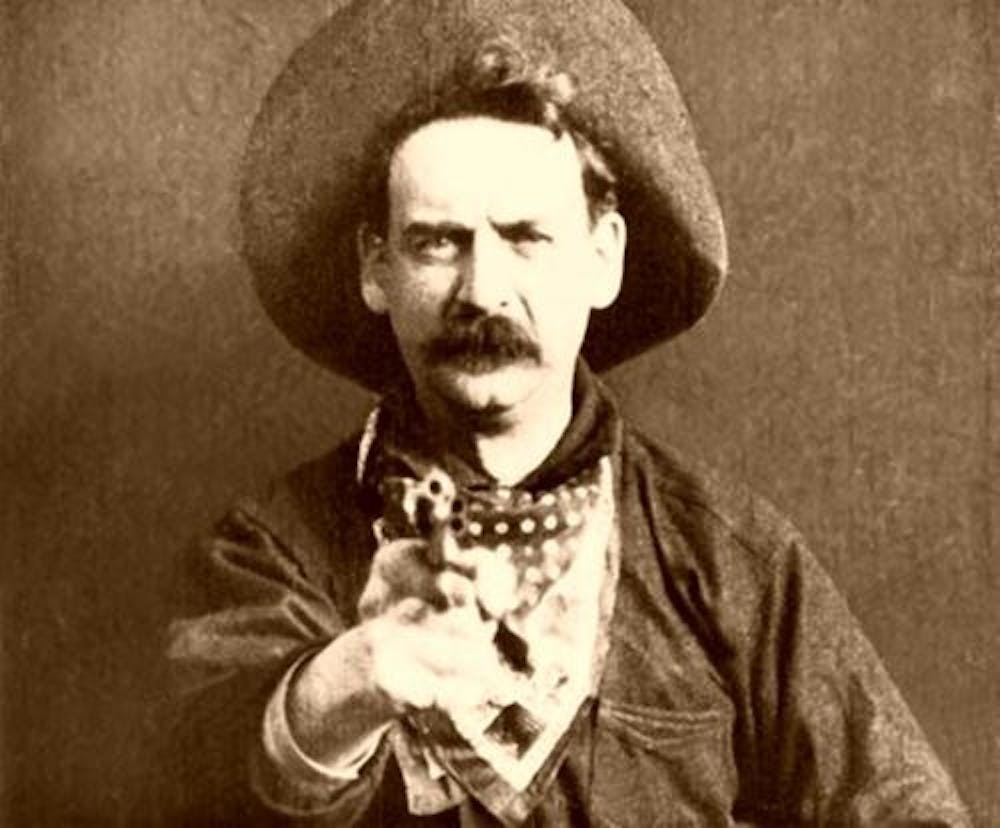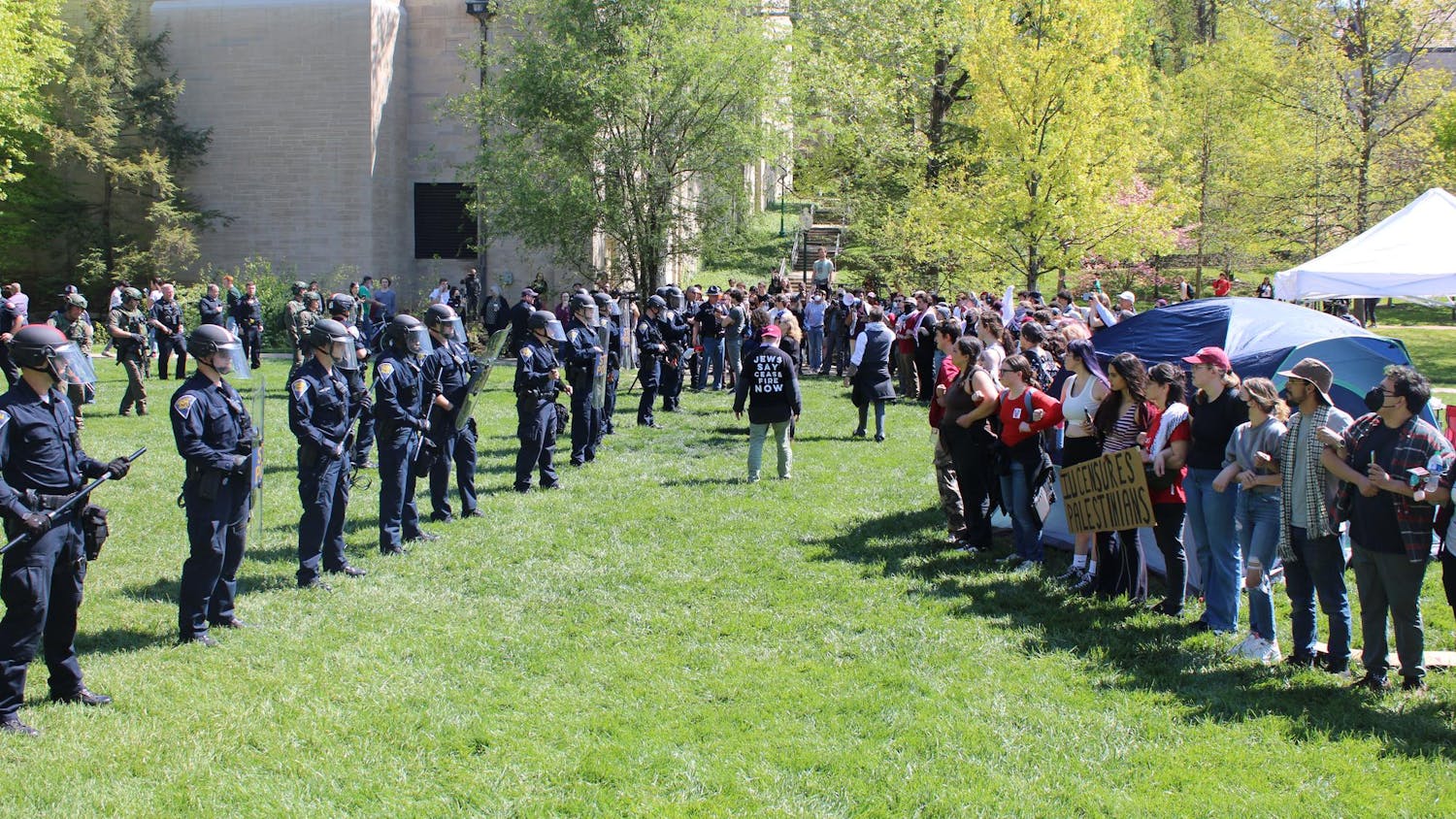Whether the title “Western” evokes a sense of nostalgia or a grimace on one’s face, this genre of entertainment is an indisputably influential one. Starting in 1903 and continuing into the present day, the Western has contributed immensely to American pop culture. Here are a few of the more memorable and timeless movies.
Silent Era
“The Great Train Robbery” (1903)
Believe it or not, this black-and-white silent film was the first narrative cinematic experience ever created. This prototypical classic details the standard outlaws vs. the sheriff pursuit throughout its eleven minute duration. This movie rode in on the coattails of other Western-based entertainment including the dime novel and, of course, “Buffalo Bill’s Wild West.” Interestingly enough, this Western was shot on location in New Jersey of all places. Not so rustic, eh?
“The Iron Horse” (1924)
As one of John Ford’s earliest and rarest films (technically he’s uncredited), this silent epic charts the construction of the transcontinental railroad that connected East to West. This Western was typical of the genre in the silent era, the kind of film that celebrated American achievement (a boldly stapled-in shot of Abraham Lincoln’s statue bust closes the patriotic film) and touted film itself as an expression of an art form and a historical document.
John Ford Era
“Stagecoach” (1939)
Westerns were never the same after John Ford made “Stagecoach,” arguably one of the most influential films ever made. With John Wayne in the lead role, it redefined the hero as less than fully noble. But more importantly, it changed kinetic action scenes entirely. There’s a famous chase between a group of Native Americans and the stagecoach Wayne is trying to protect that is a marvel of black-and-white cinematography.
“High Noon” (1952)
In Fred Zinnemann’s black-and-white classic of the American West, two great strides were made for the genre. First, Tex Ritter’s beautiful, tragic rendition of “Do Not Forsake Me, Oh My Darlin’” was the first true Western theme song, a concept that composers like Ennio Morricone would run with in the 1960s. Second, its sheriff hero (Gary Cooper) isn’t greeted with support from the townspeople he hopes to enlist in a posse to help arrest a group of bandits coming to town on the noon train. Instead, they react with indifference, and he’s forced to gun down the criminals alone. He leaves the town silently and somberly, the entire Western genre uprooted behind him.
Golden Era
“The Searchers” (1956)
John Ford stormed back to the Western genre in 1956 with this feature starring John Wayne that shone a harsh, honest light on the racism inherent in the frontier experience. When Wayne’s young niece is kidnapped by Comanche Indians, he undertakes an obsessive quest to find her that eventually spans over a decade. When he does find her, he decides she’s become so assimilated with the Comanche that he should just kill her. Of course, he eventually relents, but even the ostensibly sunny closing shot after her happy reunion with her family is tinged with pathos: There’s no place for Wayne in the family, so it’s back to the frontier he goes.
“The Man Who Shot Liberty Valance” (1962)
This John Ford studded classic starring John Wayne and Jimmy Stewart entails the vintage 1960s Western ambiance that one would fully expect. The plot concerns itself with outlaws who live outside the fumbling arms of the law, a machismo gunslinger who keeps the town in one piece and an educated city boy who just wants to bring law and order to the rough-and-tumble town. Chock full of saloon scenes, standoffs and resonate one-liners, this film pushes the viewer to ask, “Why isn’t every man as righteous as John freakin’ Ford?”
Revisionist Era
“The Wild Bunch” (1969)
Sam Peckinpah released “The Wild Bunch” to some of the most polarizing reception of all time in 1969. That’s because the film was, and is, one of the most violent ever made. The film follows a ruthless bunch of bank robbers whose last big score goes horribly wrong. It’s a coldly suggestive film about the nature of fate, all punctuated by an explosively violent gun battle against the entire Mexican army that goes on for about 15 minutes in the film’s finale.
“Butch Cassidy and the Sundance Kid” (1969)
In an era marked by exceptionally dark, violent Westerns, this film by George Roy Hill (which eventually lent part of its title to star Robert Redford’s Sundance Film Festival) put the lawless world of frontier robbery in a much more lighthearted context, and even adapted some of the Summer of Love’s feel-good vibes to a frontier vista. It will forever be remembered for its anachronistic employment of “Raindrops Keep Falling On My Head” and the witty banter between leads Redford and Paul Newman. It endures because it embodied a free, drug-laced era, even when the rest of its genre tried to ignore those truths.
Modern Era
“Unforgiven” (1992)
As the star of some of the most instantly recognizable Westerns ever made, it only makes sense that Clint Eastwood’s masterpiece as a director would come in a bold redefinition of the genre. Recipient of four Oscars, “Unforgiven” is likely the most inspired, important Western made post-“Searchers.” Eastwood turns the myth of the Western hero inside out at point-blank range through the barrel of a shotgun. The relative dearth of Westerns made since then can probably be at least partly attributed to a reluctance to try to follow this film.
“True Grit” (2010)
This Coen brothers remake augments the slovenliness of a Western marshall played by Jeff Bridges, who sets out on a mission to find a killer. This film may be a bit more true to the real “grit” of what the Wild West actually entailed for pioneers and the like. The standard American Western is not dead with this revitilization of the tradition. Given a 95 percent on Rotten Tomatoes, this film breathes some life into a film commonly thought of as “old hat.” Way to go, Bros.
Exploring the Terrain

Get stories like this in your inbox
Subscribe





